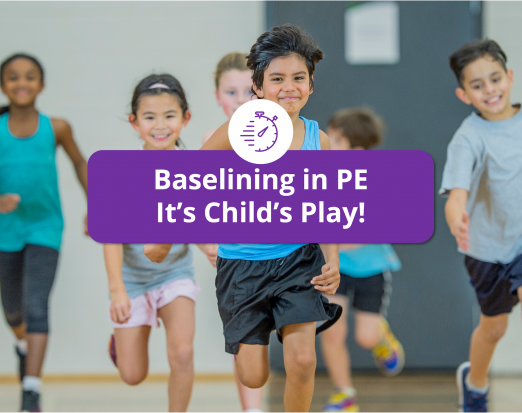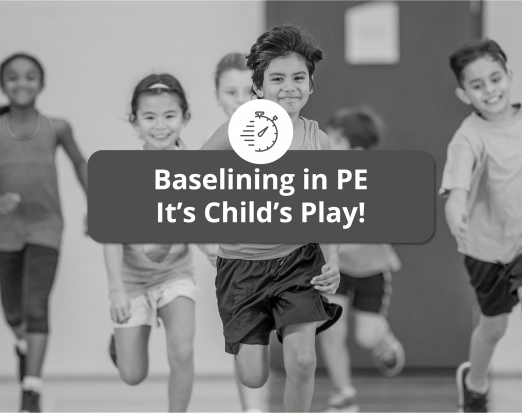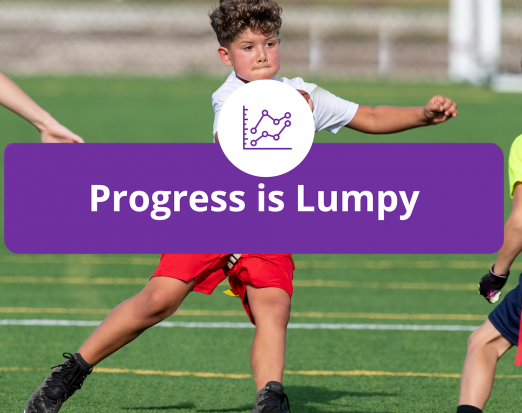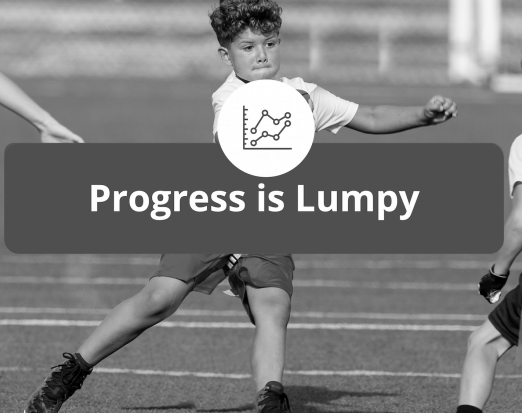Getting Sport Ready!
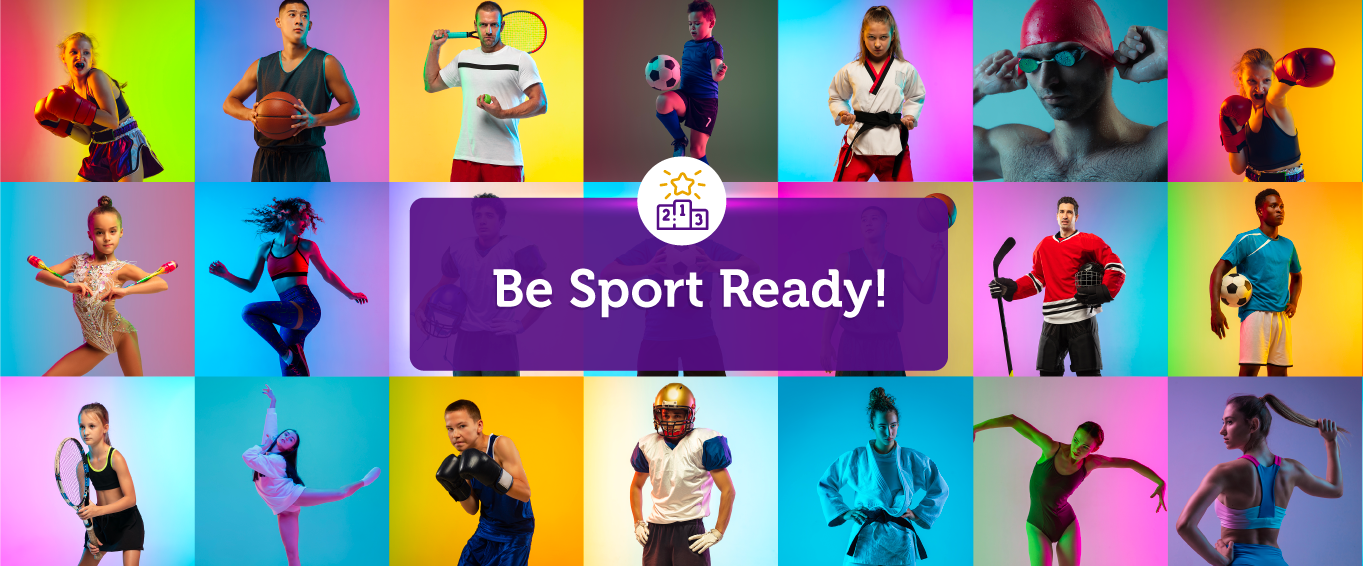
Sport can be a great vehicle for young people, and just to clarify, and to add context regarding age, girls up to the age of 11-years, and boys up to the age of 13-years are considered children, young or youth athletes. As the young athletes mature, girls over 11-years, and boys over 13-years are referred to as adolescents. Typically, girls mature early than boys, with girls hitting peak-height velocity ~9years, and boys ~12 years of age.
So, sport for youth athletes is great, as it introduces many social benefits, communication skills, rules of the sport, and various fitness and specific-sport skills. Furthermore, introducing sports early, also gives a foundation, where the youth athletes can build and develop different aspects of their fitness and motor skills, which they will naturally fine tune as they mature.
However, even though sport has a cascade of positive benefits, we also need to appreciate that we need to prepare our youth athletes for a lifetime of sports. By having an awareness of concepts like, sport specialisation, multi-sport, multi-activities, the different components of fitness, especially strength, relative strength, and reactive strength – this can help PE teachers, coaches, and parents with the knowledge to reduce the risk of youth injuries, burnout, and dropout rates.
Considerations with Sport Specialisation
Unfortunately, injuries in youths are on the increase, with many of the injuries being classified as overuse or sport-related. It is often believed that starting a sport early and mastering that one sport will lead to high performance. This is rarely true, with many high performing athletes coming from a multi-sport background. By starting one sport early, and only playing that sport is referred to as sport specialisation. There are some outliners with this, with youth athletes falling into sport specialisation with swimming and gymnastics.
Technically, sport specialisation is when youth athletes’ participant in a single sport throughout the year. Playing one sport throughout the year may place the youths at a higher risk of sustaining an injury. Remember that sports have a specific demand, and the youth athletes need to be able to cope with that demand.
Youth athletes who participant in a multi-skilled, or multi-sport programme are less likely to sustain an overuse injury. This is probably due the variation of movements, skills, and demands on the body-system. Furthermore, many of the early adaptations in youth athletes are deemed as neuromuscular – brain to muscle connection, but also how the muscle reflexes and communicates to the brain. Therefore, youth athletes who participant in a wide range of sports and activities (free-play, tag, skateboard, bike, dance), this will drive a range of neuromuscular adaptations – improving balance and coordination.
Understanding the Components of a Long-term Athlete Development Programme
Many of the researchers studying and investigating the athletic development from youth to adolescence recommend following a long-term athletic development programme. This is a blueprint or framework, relative to different metrics, for example, age, maturation, structure of the training, and the exposure to the different components of fitness – mobility, agility, speed, power, strength, endurance, and hypertrophy (hypertrophy is an increase in muscle mass).
Lloyd and Oliver (2011) in their New Model to Athletic Development recommended that young athletes should focus on general movement skills (fundamental movement skills), through free play. Sport skills can be introduced by consider the amount of volume. Regarding fitness components prioritise – strength, power, speed, agility, and mobility. The sessions should be unstructured, moving towards more structured as the athletes mature. This way the youth athletes can learn a range of skills and have lots of fun exploring different environments and movements.
As the youth athletes mature, their training can become more structured towards strength training, agility training, and sport training. As the athletes are now post-puberty, they will have the hormonal profile to increase their muscle mass, which will help with further strength development.
Summary
Sport is great for children, young, and youth athletes, but sport should be one aspect of their athletic development. We should advocate that young athletes should participate in a multi-skilled programme that will develop a range of neuromuscular adaptations. These neuromuscular adaptations will be a foundation where youths can learn and develop a range of specific-sport skills. Post-puberty, the athletes can participant in more structured training to further develop strength, agility, speed, and other fitness components.
By steering youth athletes through a long-term athletic development programme, this will help them to be fully prepared for an active and sport-filled life.
Improve Fitness, Motor and Sport Skills
The Total Sport App allows children to access fun and exciting activities that will help improve fitness, motor skills, and increase confidence.
